
Romania has some of the largest plots of farming land and areas of high natural value in Europe.
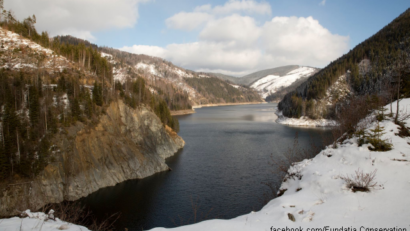
The Fagaras Mountains, which cover a surface area of 198,000 hectares, are known for their unique landscapes, wild areas and rich biodiversity.
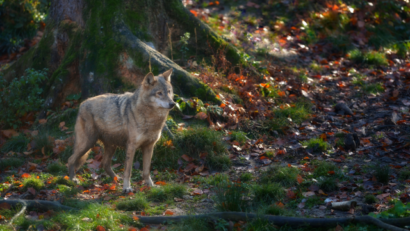
Although Romania is home to Europe's largest wolf population, this species is endangered.
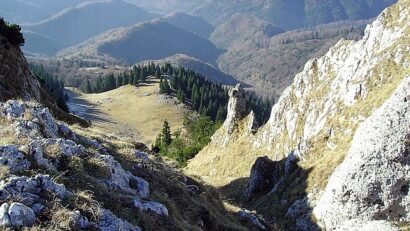
Construction works and other interventions with a negative impact on natural eco-systems have been made in recent years on the rivers flowing in the Carpathian Mountains.

The Putna Nature Park lies in the north-west of the Vrancea Mountains, in the Carpathians.

An online petition, “Alert for Nature, invites EU citizens to a public consultation to save two Natura 2000 Directives

Romania boasts over 400 species of birds at present
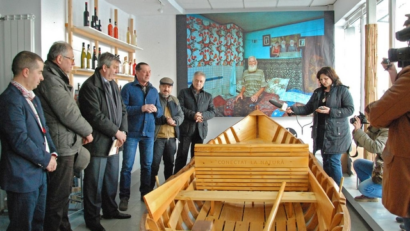
Formed around three branches of the River Danube that flow into the Black Sea, the Danube Delta is the largest wetland in Europe. It is also the...

The Braila Wetland Nature Reserve, in the Danube floodplain, is a nature reserve that is home to an incredible array of flora and fauna.

Dolphin spotting boat trips will be available for the first time for visitors to the Romanian seaside resorts this summer.
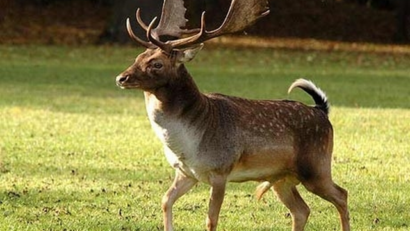
Romania boasts one of the richest faunas in Europe.
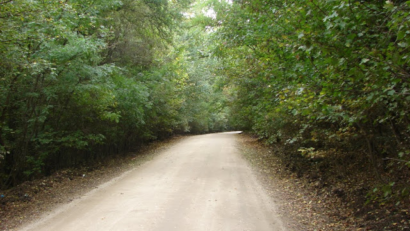
The need for windbreaks to protect soil from erosion and keep snow from drifting onto roads first appeared in the 19th century.
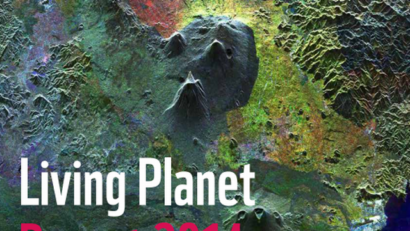
According to the 2014 Living Planet Report, the world's wild fauna dropped by over 50%.
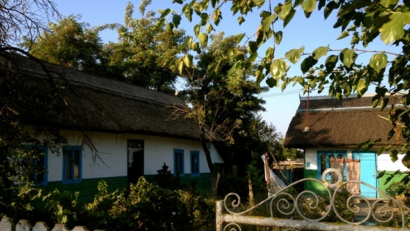
The Danube Delta is the largest nature reserve in Europe. In 1991 it obtained international recognition and became a UNESCO World Heritage site.
